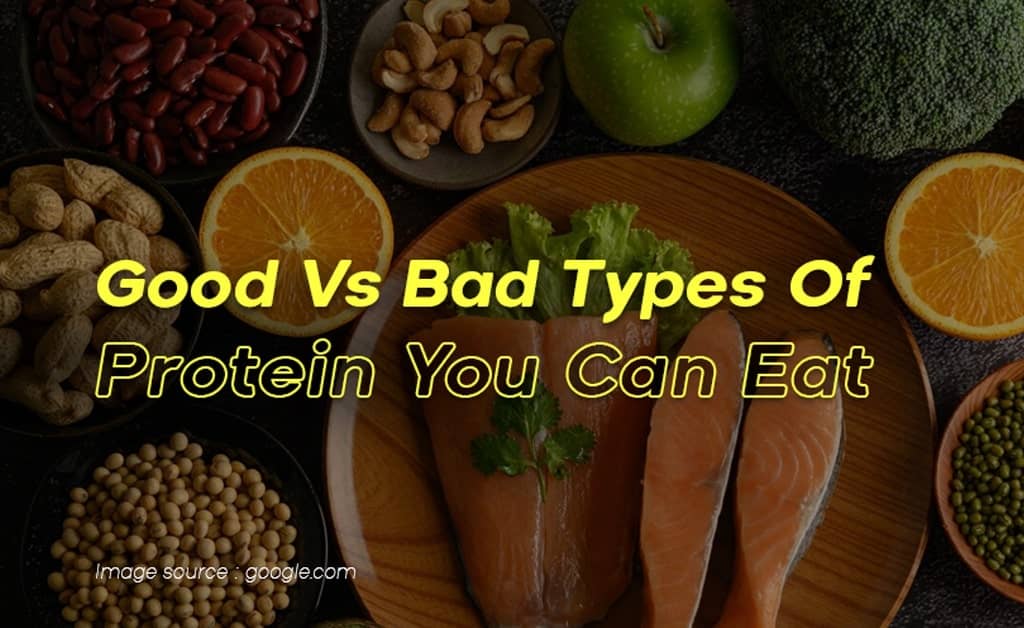Good Vs Bad Types Of Protein You Can Eat
Protein is an essential nutrient vital for building and repairing tissues, supporting immune function, and maintaining muscle mass. However, not all sources of protein are created equal. Let's explore the differences between good and bad types of protein to help you make informed dietary choices.
Good Proteins:
- Lean Meats: Opt for lean cuts of poultry such as chicken and turkey, or lean cuts of beef and pork. These sources are low in saturated fat and provide high-quality protein.
- Fish and Seafood: Fatty fish like salmon, tuna, and mackerel are rich in omega-3 fatty acids, which have numerous health benefits including reducing inflammation and promoting heart health.
- Plant-Based Proteins: Incorporate plant-based proteins like legumes (beans, lentils, chickpeas), tofu, tempeh, and edamame into your diet. These sources are rich in fiber, vitamins, and minerals, and are often lower in saturated fat compared to animal proteins.
Bad Proteins:
- Processed Meats: Avoid processed meats like bacon, sausage, hot dogs, and deli meats as they are often high in sodium, saturated fat, and preservatives, which may increase the risk of chronic diseases like heart disease and cancer.
- Fried and Breaded Meats: Fried and breaded meats, such as chicken nuggets and breaded fish fillets, are high in unhealthy fats and calories. Opt for grilled, baked, or roasted options instead.
- Highly Processed Protein Products: Steer clear of highly processed protein products like protein bars, shakes, and powders that may contain added sugars, artificial ingredients, and fillers. Instead, focus on whole food sources of protein for optimal nutrition.
By choosing good sources of protein and minimizing intake of bad sources, you can support your health and well-being while meeting your protein needs effectively. Remember to prioritize variety and balance in your diet for optimal nutrition and overall wellness.
